As riot police surged to retake Moscow’s Pushkin square on Saturday, all you could see of them from the crowd were their truncheons raised high, ready to strike. Then their black helmets came into view, and finally they pushed forward, driving waves of panicked Russians out on to the boulevards and side streets of the capital. “Respected citizens, the current event is illegal. We are doing everything to ensure your safety,” an officer repeated over a loudspeaker, despite all the evidence to the contrary.
For more than a decade, the Kremlin has used every tool at its disposal to keep Russians off the streets, wielding fear and boredom to make protesting against Vladimir Putin seem pointless. And yet in defiant scenes on Saturday in cities across Russia, from St Petersburg to Vladivostok and even in Yakutsk, where protesters braved temperatures below -50C, tens of thousands of Russians sent a message to a Kremlin that has squeezed out all opposition in Russia: enough is enough.
As police fought to retake control of city squares, some protesters fought back, throwing snowballs and trading blows with officers in body armour. Many more chanted for Putin to leave, swapped jokes, filmed Instagram stories, and ran to stay one step ahead of the police, who chased them across the city.
The spark was the arrest of Alexei Navalny, the Russian opposition leader allegedly poisoned by the FSB. But many of the tens of thousands out in Moscow said that the problems went deeper, tied to Putin and his two decades of control over the country.
“I had stopped protesting for a long time, everything seemed pointless,” said Yulia Makhovskaya, 45, who attended with her 18-year-old son Nikolai. “But something today just made me feel I had to come. Navalny was just the last drop.”
Saturday’s protests were one of the largest demonstrations against Putin’s rule in the past decade. More than 2,500 people were arrested at dozens of unsanctioned rallies across the country calling for the opposition leader’s release from jail, as turnout far surpassed many protesters’ expectations.
Navalny’s allies hope that they can force the Kremlin to release him through a show of strength, but it is unclear whether the protests will break the government’s resolve to send the determined Putin critic to prison for as long as a decade.
Clashes broke out as police wielding truncheons ran protesters off main squares in Moscow and several other cities, and columns of demonstrators broke through police lines in both Moscow and St Petersburg, leading to pitched battles in the streets.
The police at times appeared to be losing control. In Moscow, video showed protesters trading blows with riot officers near the main site of the protest, as young demonstrators near by kicked around a police riot helmet like a football. In St Petersburg, protesters shut down the city’s main street, Nevsky Prospekt, and Navalny’s team eventually had to issue a call for them to go home.
Russia’s national Investigative Committee said it had opened an inquiry into violence against police officers on Saturday evening. A spokeswoman for the US embassy condemned the violence against demonstrators, accusing Moscow of suppressing Russians’ rights to peaceful protest.
No one is reported to have died, but several protesters appeared to have been seriously injured, including one pictured bleeding from the head and another who appeared to be unconscious when he was put into a police van. Another protester, who was rubbing snow on a bruise below his right eye to reduce the swelling, told the Observer he had been hit in the face with a nightstick twice.
The largest protests took place in Moscow, where a crowd estimated by Reuters at 40,000 mobbed a downtown square dominated by a statue to the poet Alexander Pushkin. “Leave!” the protesters chanted, calling on Putin to step down.
Graphic
The demonstrations were some of Moscow’s largest since 2012, when more than 100,000 came out to protest against flawed elections, as well as Putin’s plans to return to the Kremlin for a third term.
These protests were sparked by Navalny’s arrest last Sunday while returning from treatment abroad after his poisoning. A parole board could send him to a penal colony as early as the end of January.
“We feel really bad for Navalny. You don’t have to be a chess master to understand what was going to happen to him,” said Natalya Krainova, a former schoolteacher who brought a copy of the constitution with her to the square because it ensured her right to protest. “Unless we keep coming out [to protest], the problem in this country will never go away. And that problem is Putin.”
Police appeared to target young supporters of Navalny, with packs of helmeted officers diving into the crowd to arrest them. Artyom, a 19-year-old studying at a Moscow economics university, said that students had been warned on Friday not to protest or face consequences, which he understood to mean expulsion.
“They are terrified that they’re losing control over young people, who they think should be for Putin, should be thankful to him,” he said. “A lot of my [classmates] were afraid to come out today.”
Vladislav, a 24-year-old sound technician with facial tattoos, said that young people were fed up with the lack of change. “It feels hopeless,” he said.
The Investigative Committee has also opened a criminal investigation into calls on social media forschoolchildren to come to the rallies, focusing on an explosion of posts on platforms such as TikTok in support of the opposition leader.
“Special respect to all the schoolchildren who have made what my lawyers call ‘mayhem on TikTok.’ I’m not sure what that means, but it sounds cool,’” Navalny said from his prison cell on the evening of the protest, according to his team.
In his remarks, Navalny also thanked those who had supported him and had watched a recent investigation broadcast on TouTube into a £1bn Black Sea palace allegedly built for Putin. As of Saturday
evening, it had been viewed 70 million times.
“I know that there are lots of good people outside of this prison and that help is coming,” Navalny said.
The Kremlin did not immediately respond to the protests. Putin’s only public remarks were to mark the passing of Larry King, the American talkshow host.
Public protests have saved Navalny from prison before. In 2013, he was sentenced to five years in prison for allegedly embezzling funds from a timber company in the city of Kirov.
But the day he was sentenced, thousands of protesters burst on to the street across from the Kremlin, stopping traffic across from Red Square, right in front of the State Duma. The next day, Navalny’s sentence was commuted to probation, and the opposition leader was suddenly let go. The embarrassing about-face proved what many already knew: court decisions depend on the whim of the Kremlin.
“It’s clear that only public pressure, only street protests, can get Alexei out of Matrosskaya Tishina where he was put by Putin,” said Leonid Volkov, an ally of Navalny’s and one of his few aides who was not detained last week. “That’s what Putin is scared of more than anything on earth.”
Navalny’s advisers said they believed that the 2013 strategy would work in 2020, but the protests would have to be far larger, because Navalny had grown from simply being an enemy of the Kremlin to someone whom Putin had described as a “traitor”.
Analysts said it was unlikely that Navalny would be released from prison this time, but that the strong turnout in cities across the country would make an important statement.
“Navalny isn’t going to be released,” said Mark Galeotti, senior associate fellow at the Royal United Services Institute thinktank. “The protests are as much as anything else about making the Kremlin pay a price for that, and demonstrating that putting one man behind bars won’t kill his movement.”

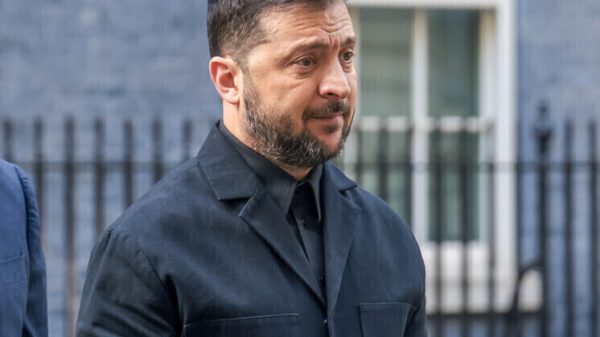
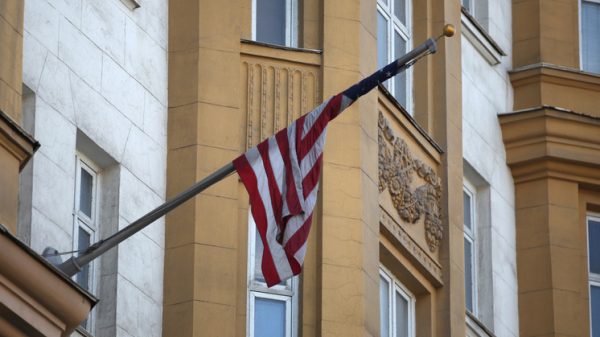
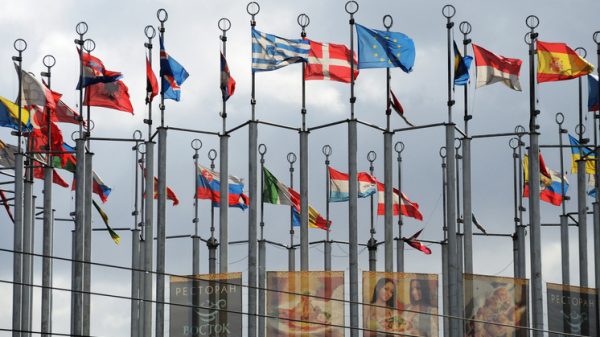
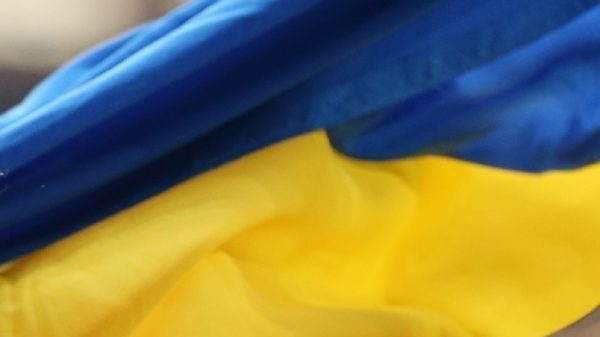
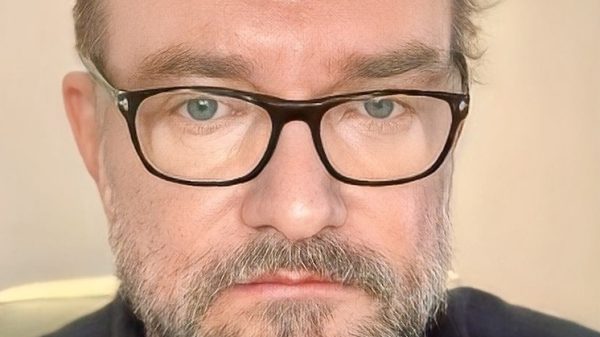

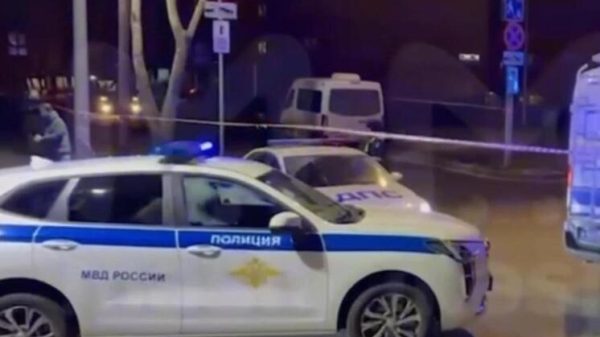
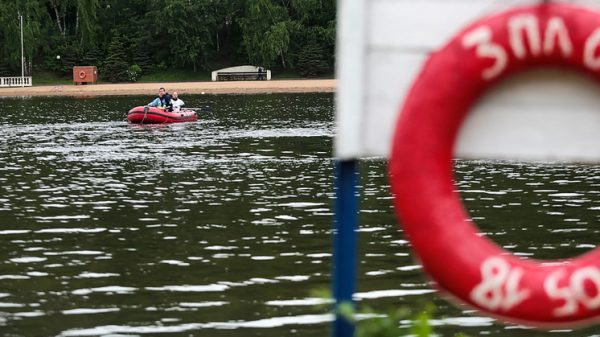
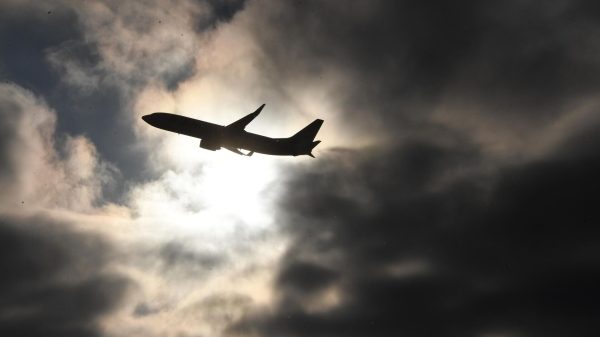
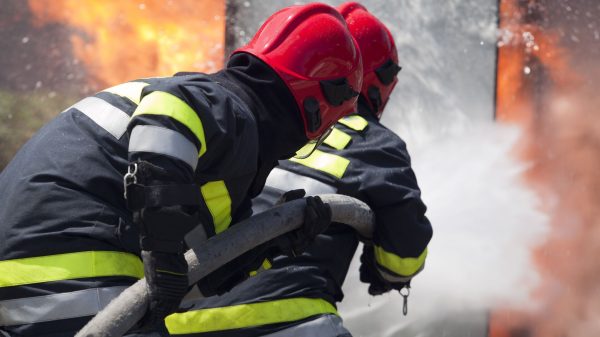
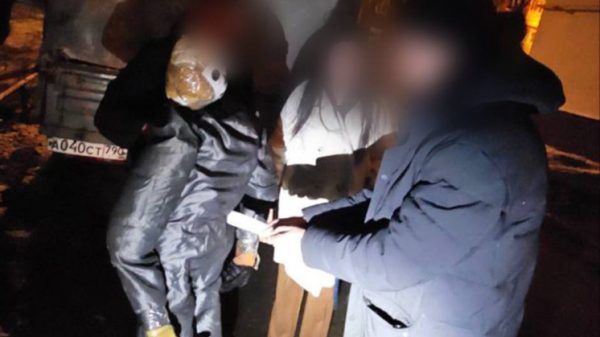
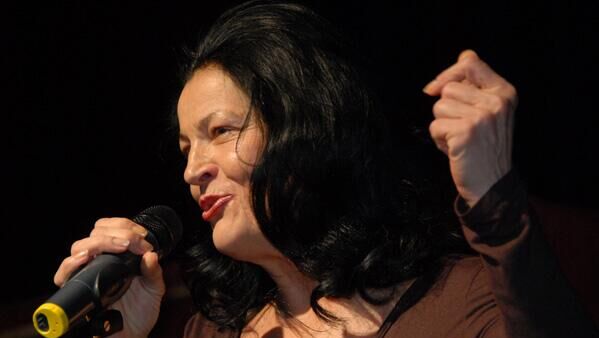
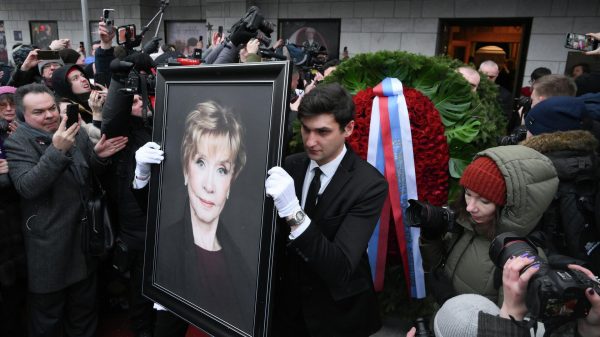
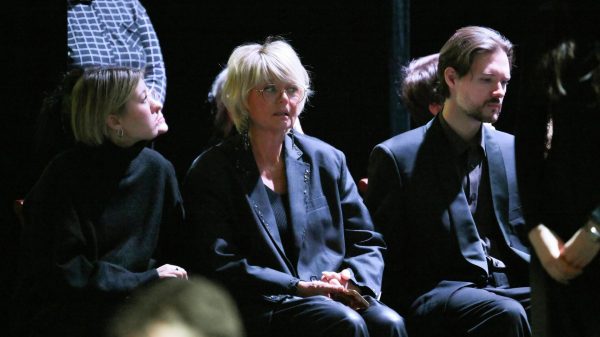
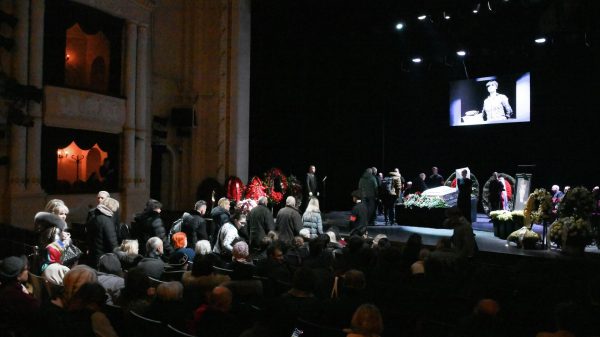
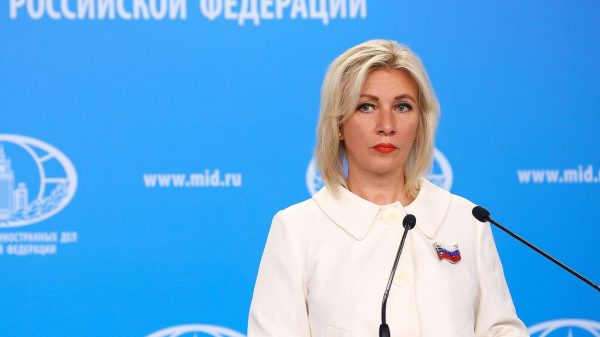
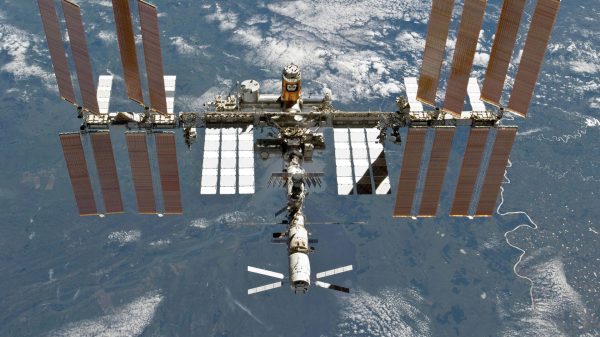
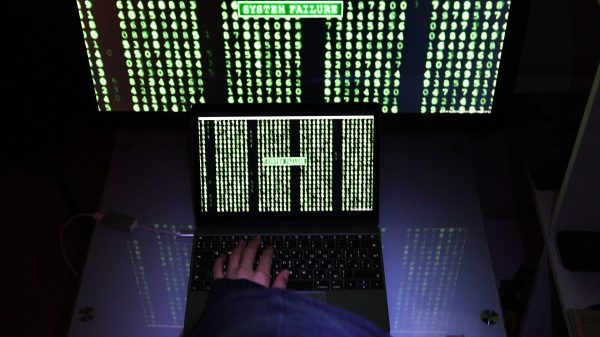

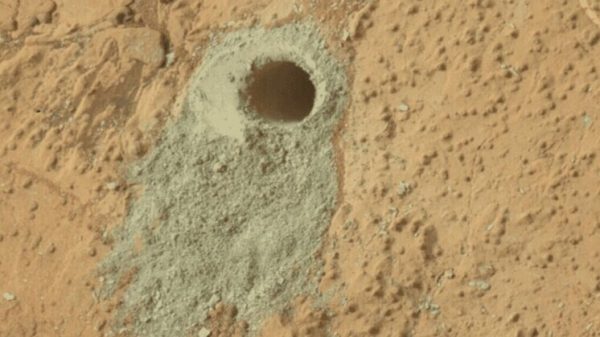











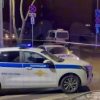
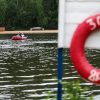
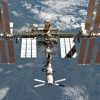
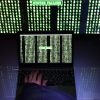











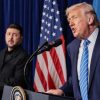
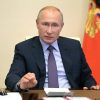
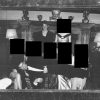



Свежие комментарии